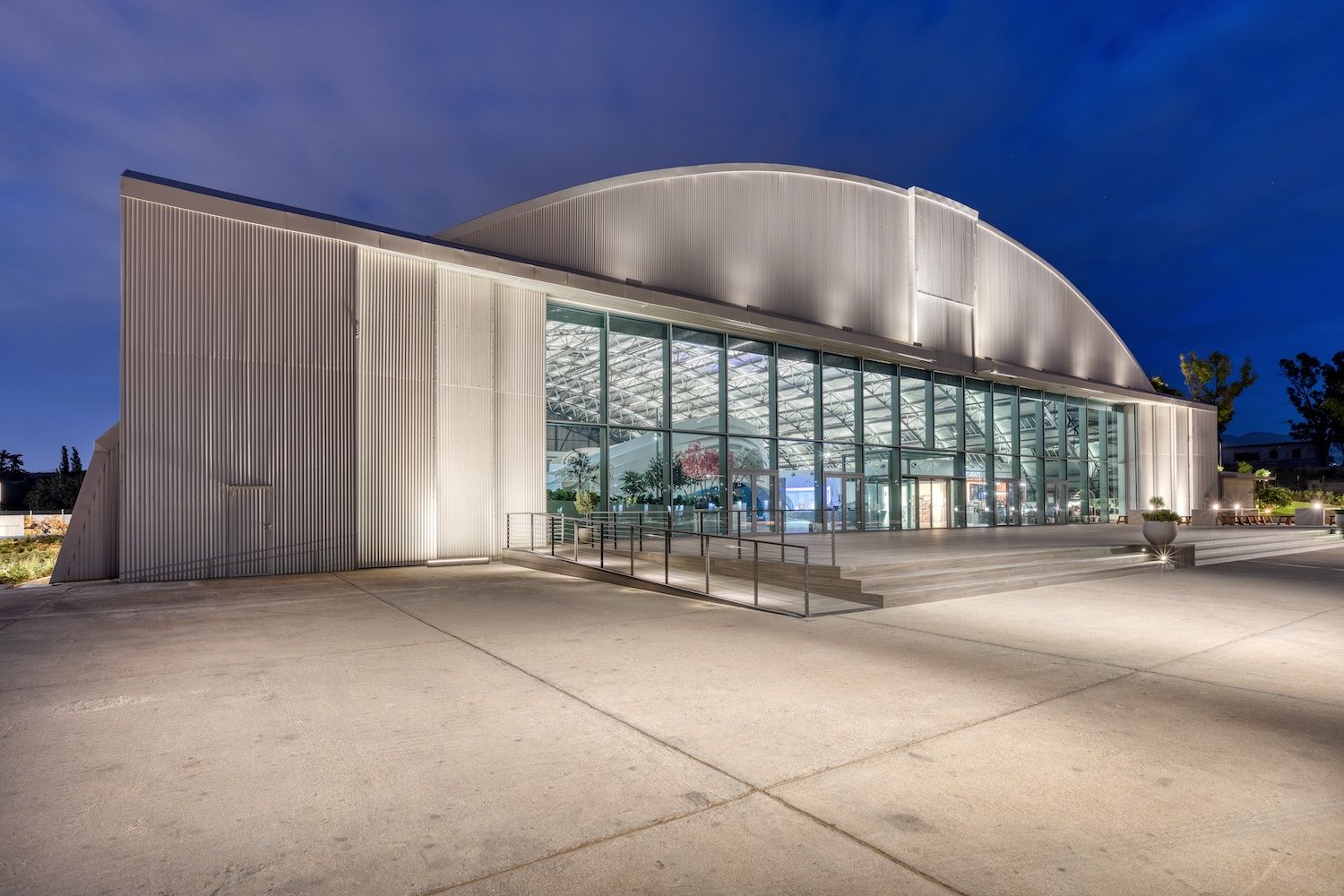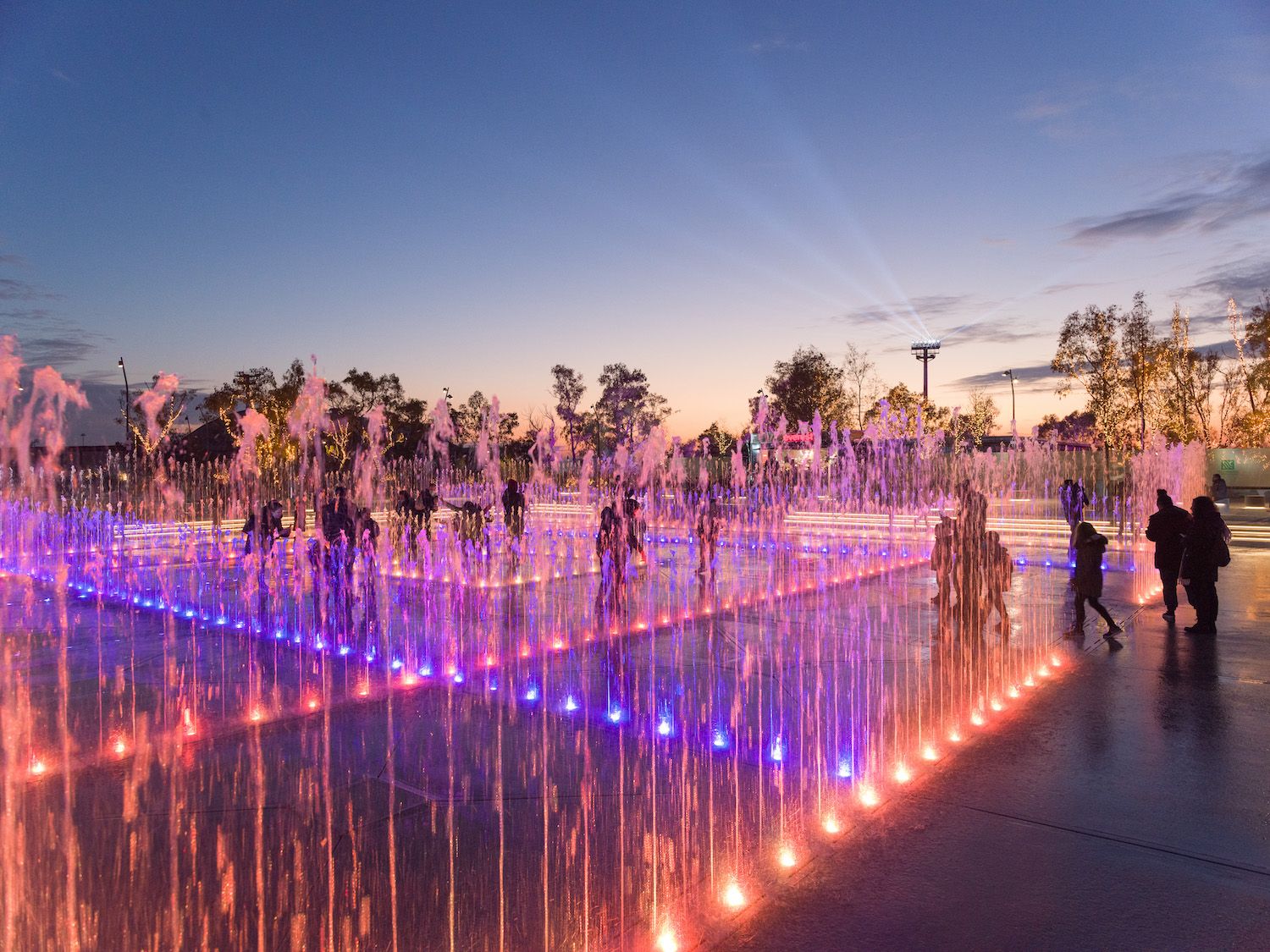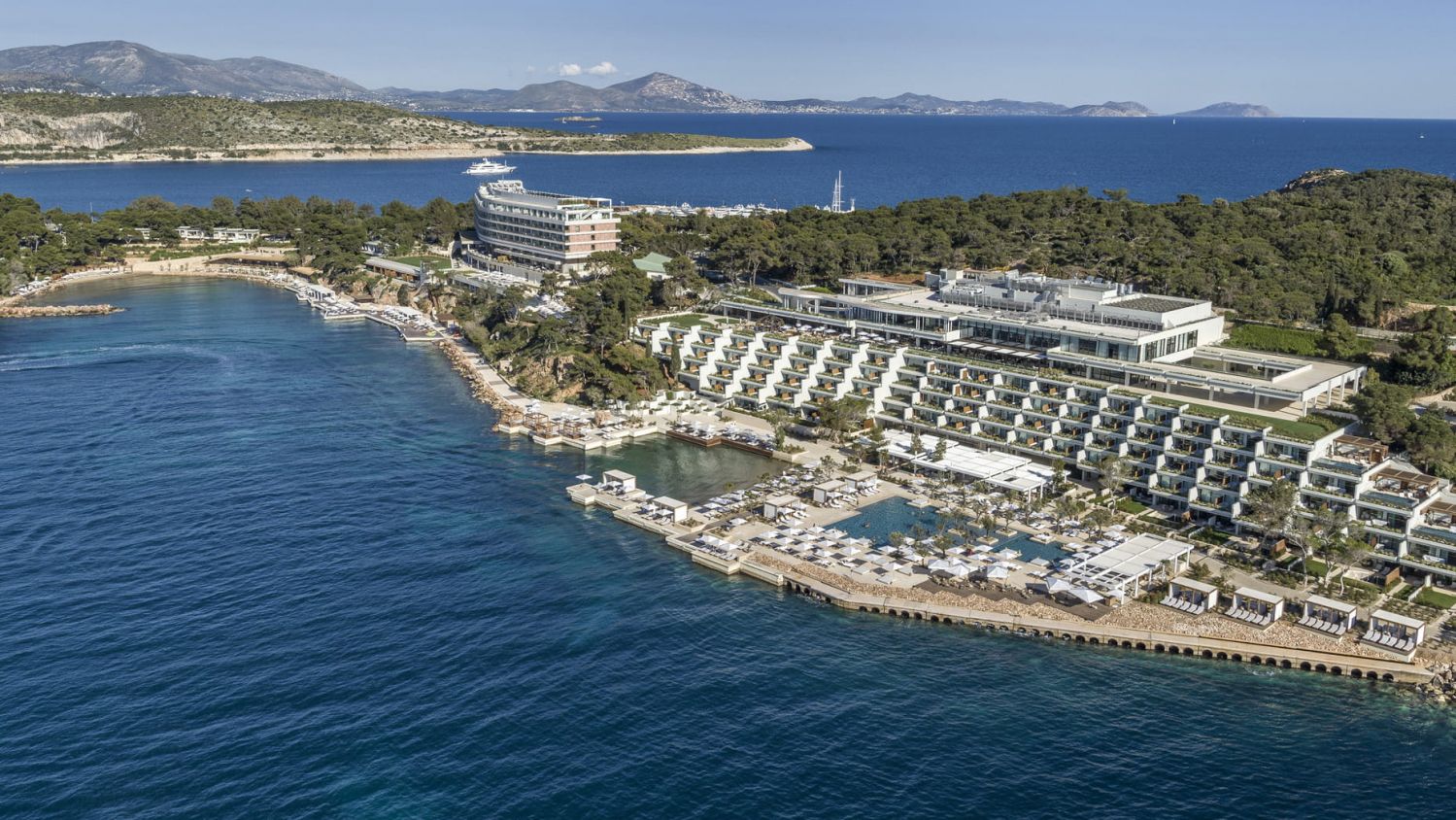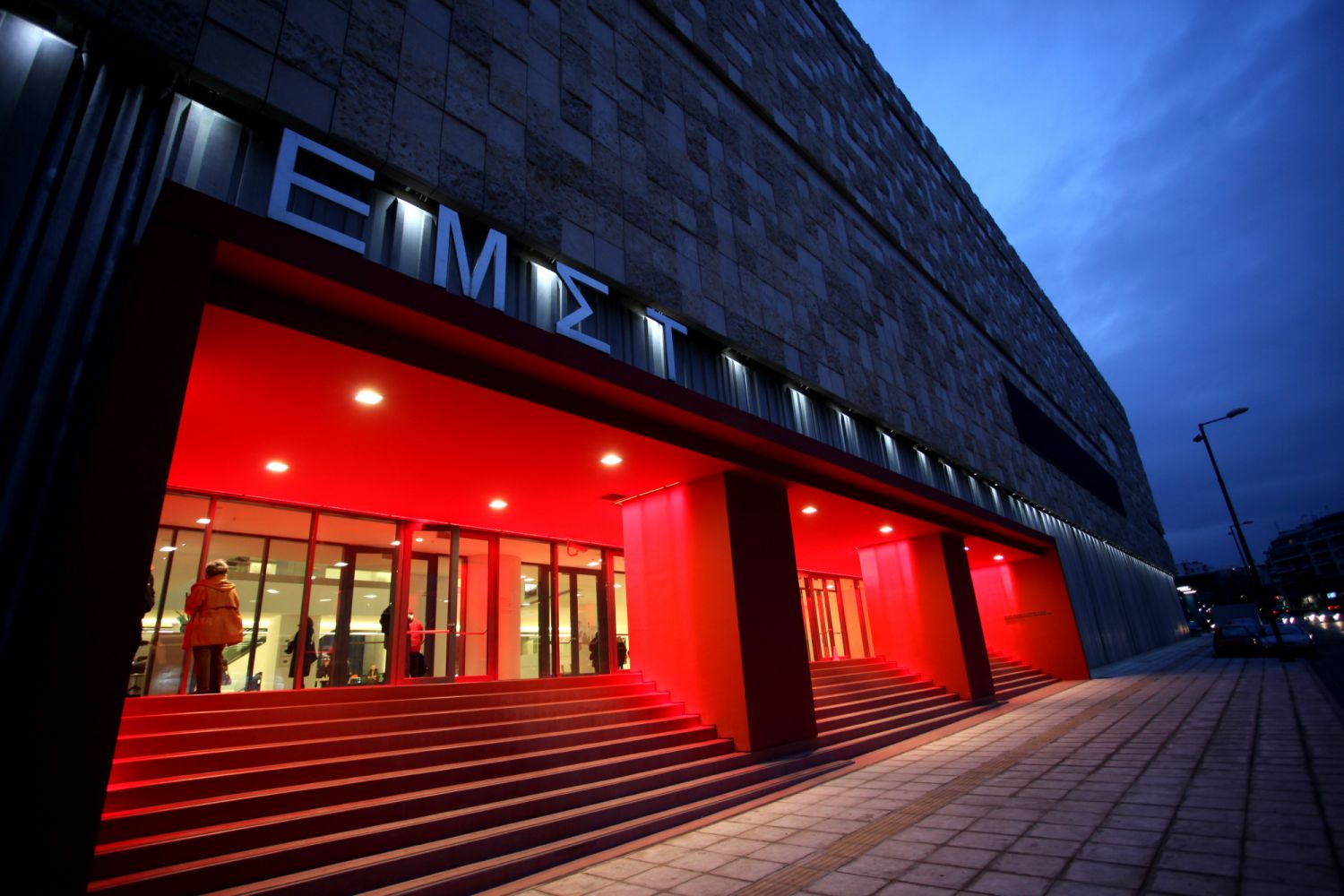The Ellinikon Park is set to redefine urban living—and will put Athens on the atlas when it comes to sustainability-focused urban regeneration
If you flew into Athens before 2001, you would have landed at the Ellinikon International Airport, a strip of tarmac bordered by the shimmering Aegean Sea to the west and the brushy hills that form the spine of the Attica Peninsula to the east. More than 20 years after being replaced by the larger, inland Athens International Airport, the former transport hub and surrounding area are undergoing an ambitious redesign that will put the Greek capital on the atlas when it comes to sustainability-focused urban regeneration.
While investors based in Asia tend to look closer to home when buying property—the Greater Bay Area and Southeast Asia being particularly popular—Greece is increasingly of interest to those looking to expand their real estate portfolio.

Developments such as The Ellinikon will contribute to that appeal. This is an €8 billion (US$8.3 billion) redevelopment project encompassing 620 hectares of land—roughly eight times the size of Beijing’s Forbidden City—located in the Elliniko suburb about 10km south of central Athens. What
was once barbed wire fences, fuel-contaminated soil and vast swathes of concrete will eventually become a new district for living and leisure. Phase one is due to be finished within five years, with full completion in approximately 20 years. It will be built around a 200 hectare park, boosting Athens’ relatively low percentage of green spaces by European standards and promoting diversity with more than 1 million plants and 31,000 new trees from 86 different tree species, irrigated using collected rainwater and recycled wastewater. An estimated 85,000 jobs will be created, adding 2.4 per cent to Greece’s gross domestic product.






